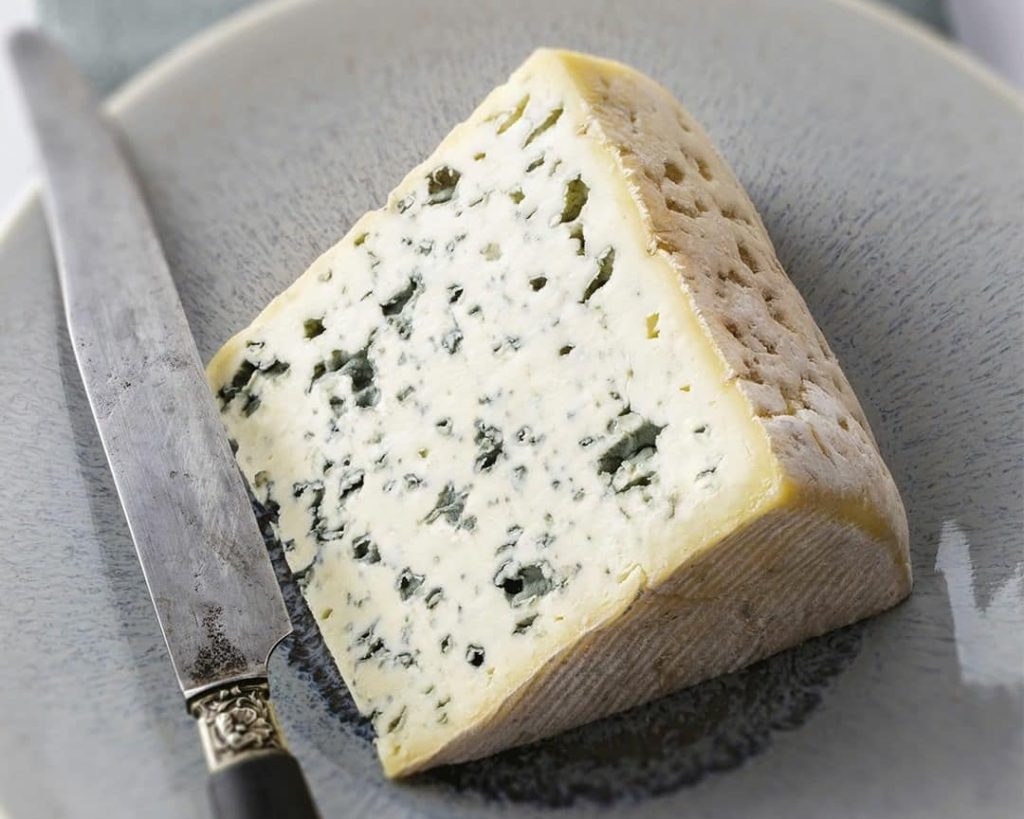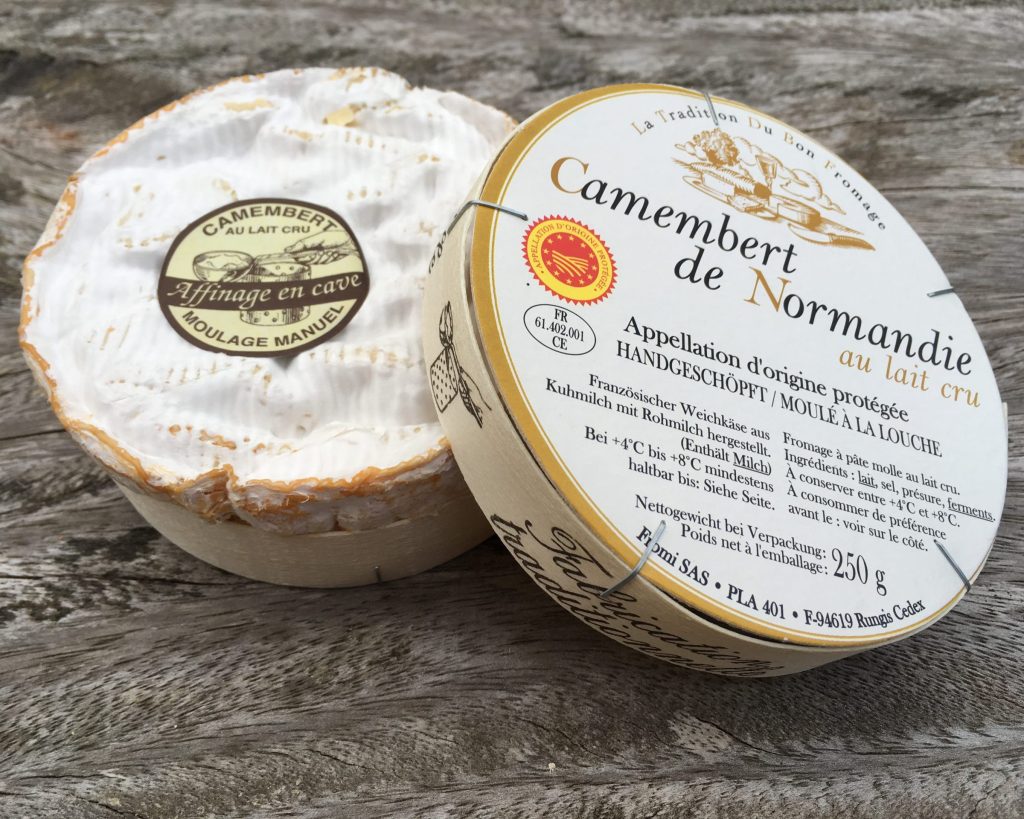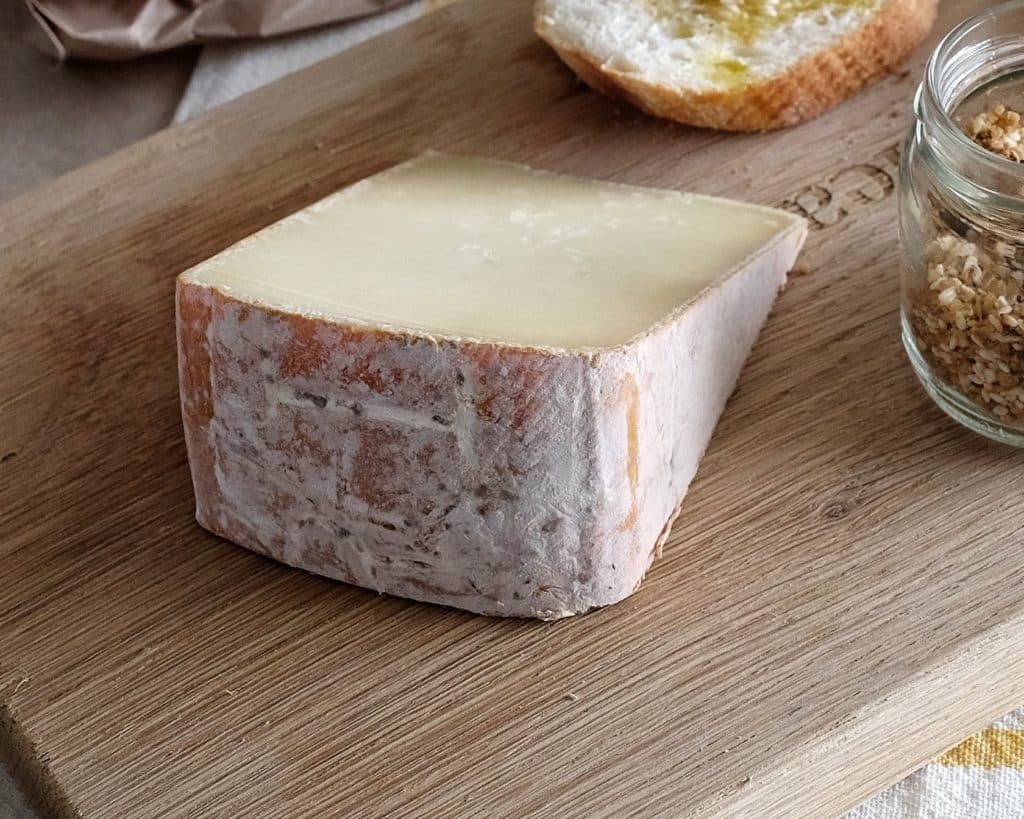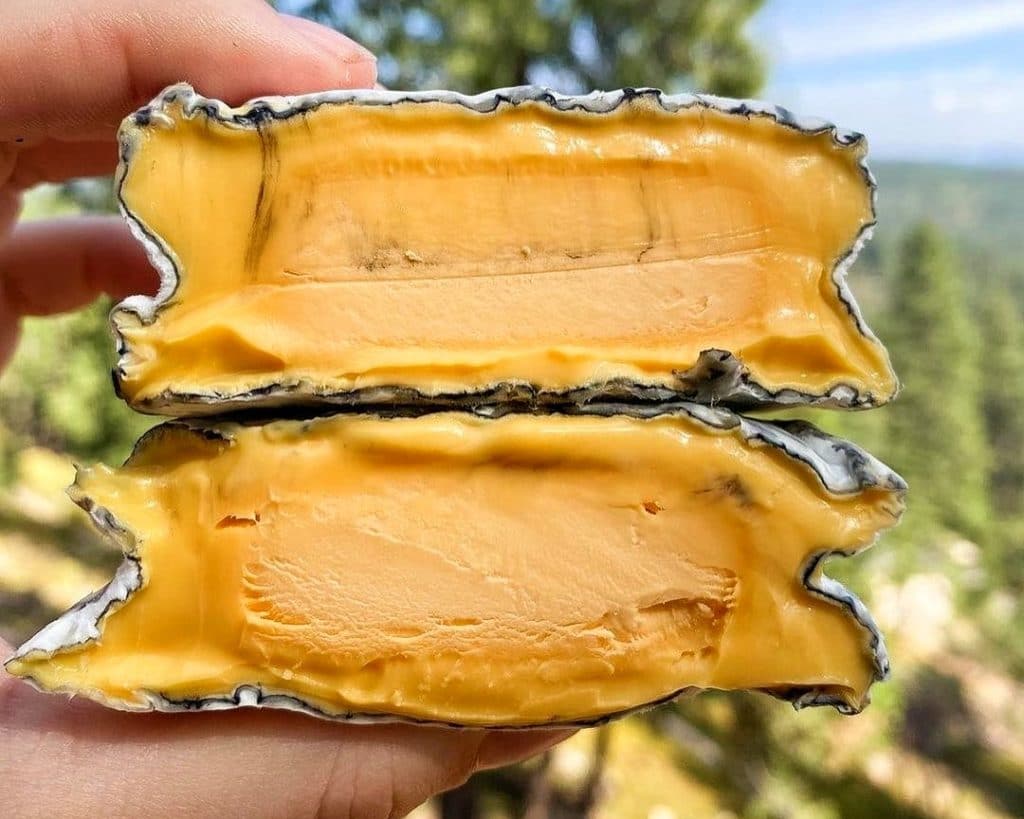There are few cheeses around the world that bring up as much passion as Ossau-Iraty. Indeed, this traditional pressed uncooked sheep’s milk cheese is the pride of the Pays Basque region of France. Read on to learn about its history, how it is made, what it tastes like and how to serve it like the Basque.
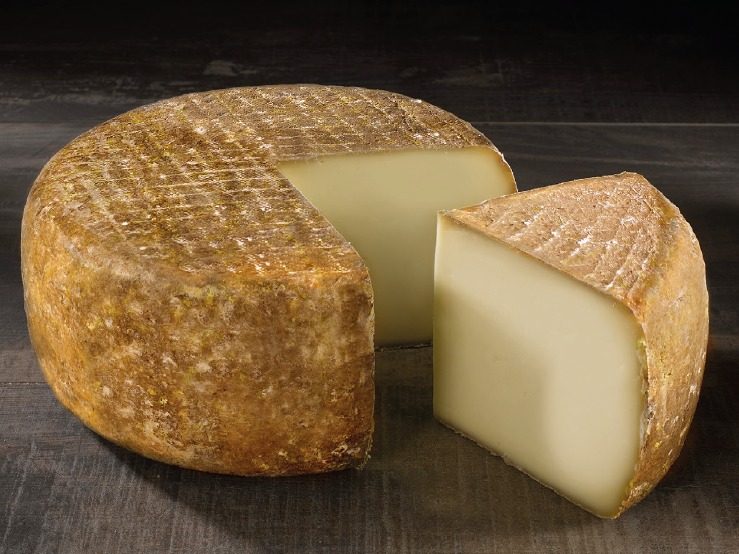
Where does Ossau-Iraty come from?
Ossau-Iraty is a traditional pressed uncooked sheep’s milk cheese from France’s Pays Basque and Béarn regions. This picturesque region in the Pyrenees is near the border with Spain. As a matter of fact, its geographic location and climate have made it a prized region for agriculture since the neolithic times.
Moreover, the amount of rain and minerals in the soil produce a fresh grass in the plains that is well suited to sheep.
The Ossau Valley and Irati Forest
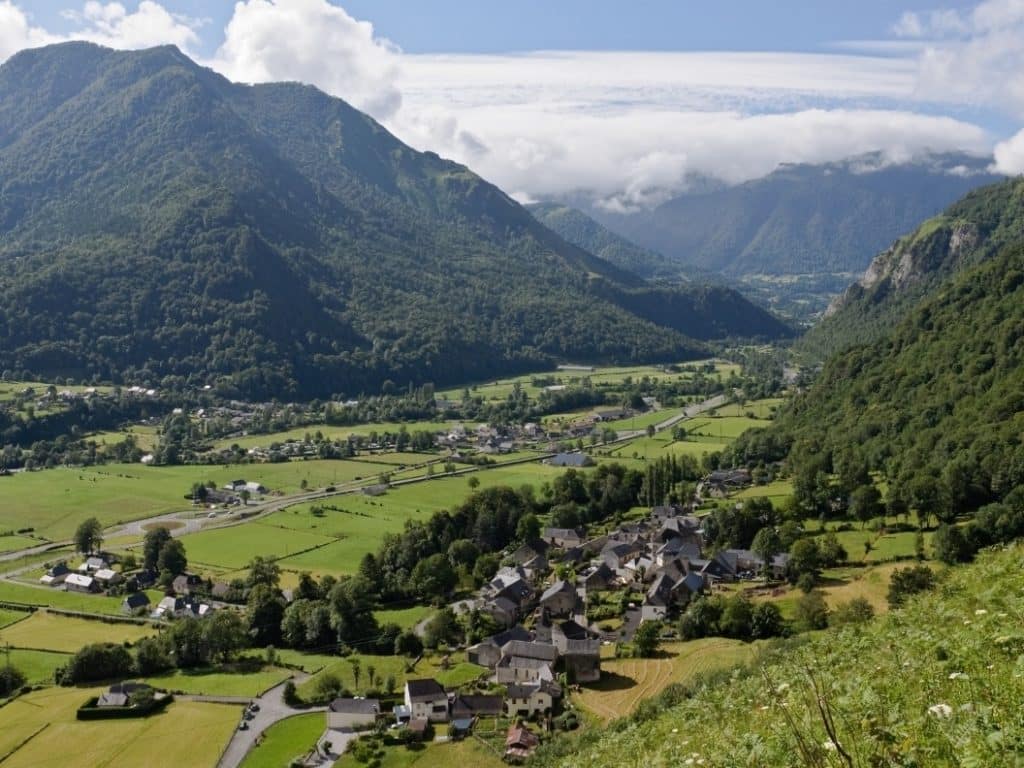
Firstly, let’s take a closer look at the areas of production. The first one is Northern Pays Basque’s Irati beech forest. Traditionally, cheesemakers in this region made a semi-hard cheese called Ardi. It is typically on the smaller side weighing in at around 2.2 kg (5 lbs).
On the other hand, farmers in the Ossau Valley tend to make much larger wheels of cheese that weight around 4 kg (8.5 lbs). In fact, the modern Ossau-Iraty is a blend of those two regions’ traditions. Consequently, the wheels come in both sizes.
Protected by an AOP stamp
Fast forward to 2021 and Ossau-Iraty is now protected in Europe by an AOP stamp. It is actually only the second sheep’s milk cheese to bear this stamp, after the famous Roquefort. Furthermore, the AOP dictates in their “cahiers de charges” that this cheese can only be made in the French Pays Basque and Béarn regions using local milk.
The milk used to make Ossau-Iraty
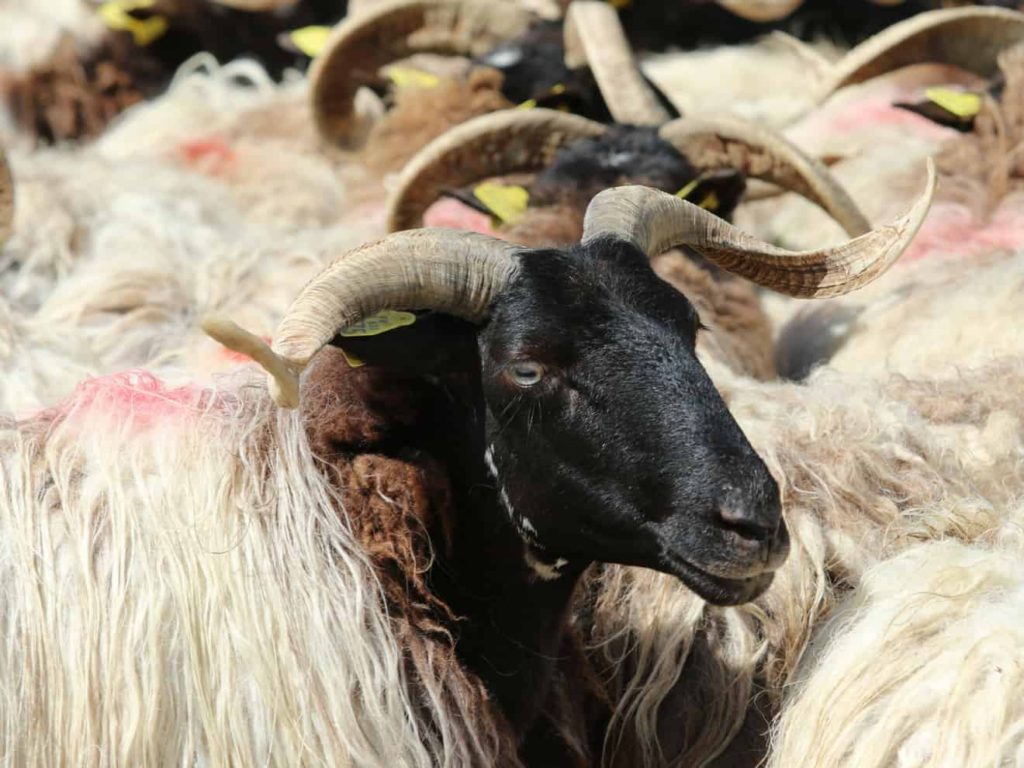
Also, the AOP specifies that Ossau-Iraty can only be made from the milk of three breeds of sheep. Namely, the Red-Faced Manech, Black-Faced Manech and Basco-Béarnaise.
Those three breeds are particularly well adapted to the terroir of the region and thrive in humid cool conditions. Moreover, the farmers can only feed them grass and non genetically modified cereals. Whilst they tend to yield less milk than other sheep, they are better adapted to the climate and the practice of transhumance.
What is transhumance?
In order to preserve the grass on their property for the winter months, the majority of farmers follow the traditional practice of transhumance. From May in the Pays Basque and June in Béarne, the herders move their sheep to summer pastures at higher altitude.
Actually, they will spend all of summer and the beginning of autumn feeding on this high altitude grass. As a result of this, the grass at lower altitudes can replenish in time for late autumn. The milk collected during those months is used to make the celebrated summer cheeses called Ossau-Iraty d’Estive. Come the end of autumn, the herd will return to lower grounds and start to lamb. Overall, this process is very important for the sheep, the farmers and the natural eco-system of the mountain.
How to make Ossau-Iraty
The traditional recipe for this semi-hard cheese has remained largely untouched over the millenia. Raw whole ewe’s milk is mixed with culture and rennet. Once the curd is formed, it is cut and drained.
Afterwards, the cheesemaker heats the curd to separate from whey and then transfer the solids to the cheese moulds. Finally, the moulds are pressed and drained. At this point, the cheese has attained its signature form. Subsequently, the wheels are salted and then passed on to the affineur for maturation.
How Ossau-Iraty is matured
The AOP specifies that Ossau-Iraty wheels have to be matured for a minimum of 80 days for the smaller format and 120 days for the larger one. At this point, the cheese will have a fat content of 50% and a gorgeous natural rind.
There is one point of difference between the 2 regions of production though. In Pays Basque, the wheels are matured in dry caves whereas in Béarn, they tend to be very humid. Moreover, the affineur in Pays Basque regularly brushes the cheese with a dry brush whereas, in Béarn, they wipe the wheels with a cloth imbibed in brine.
Those differences in practice lead to slightly different textures, aromas and flavours for the cheeses coming from each location. Overall, this process will last from 80 days to 12 months in some cases.
What Ossau-Iraty tastes like
This semi-hard beauty from the Pyrenees has a hay-coloured patchy rind and a pristine ivory pâte. Its aroma is surprisingly buttery and sweet with a touch of barnyard.
On the palate, you will detect notes of toasted wheat, roasted nuts, fresh grass and wildflowers. As the cheese ages, its creamy texture starts to become firm and calcium crystals start to appear. The flavour also tends to be more savoury.
How to serve Ossau-Iraty like the Basque
The traditional Basque way to serve sheep’s milk cheese is to thinly slice the cheese. It is then served with a local Itxassou cherry paste and crunchy bread. It will also pair beautifully with a juicy Bordeaux, a robust Rhône or a tawny Port.
Thank you for reading
Thank you for reading this post about yet another amazing artisanal cheese. Have you tried this cheese before? Drop us a comment below with your thoughts.
If you enjoy learning about new cheeses, you can subscribe to our newsletter below. You will hear from us about once a week as we share new cheese profiles with you.
Finally, keep scrolling to find some more cheeses and recipes that have been recommended for you. Keep it cheesy!
